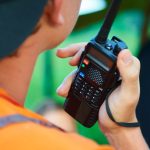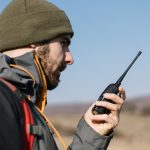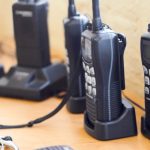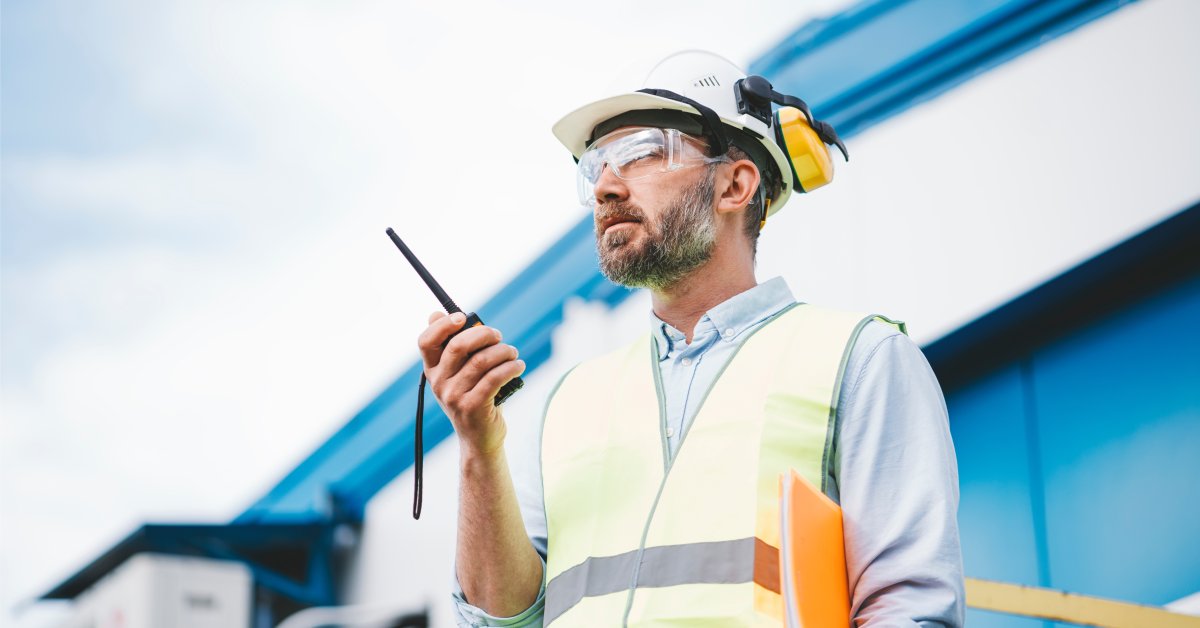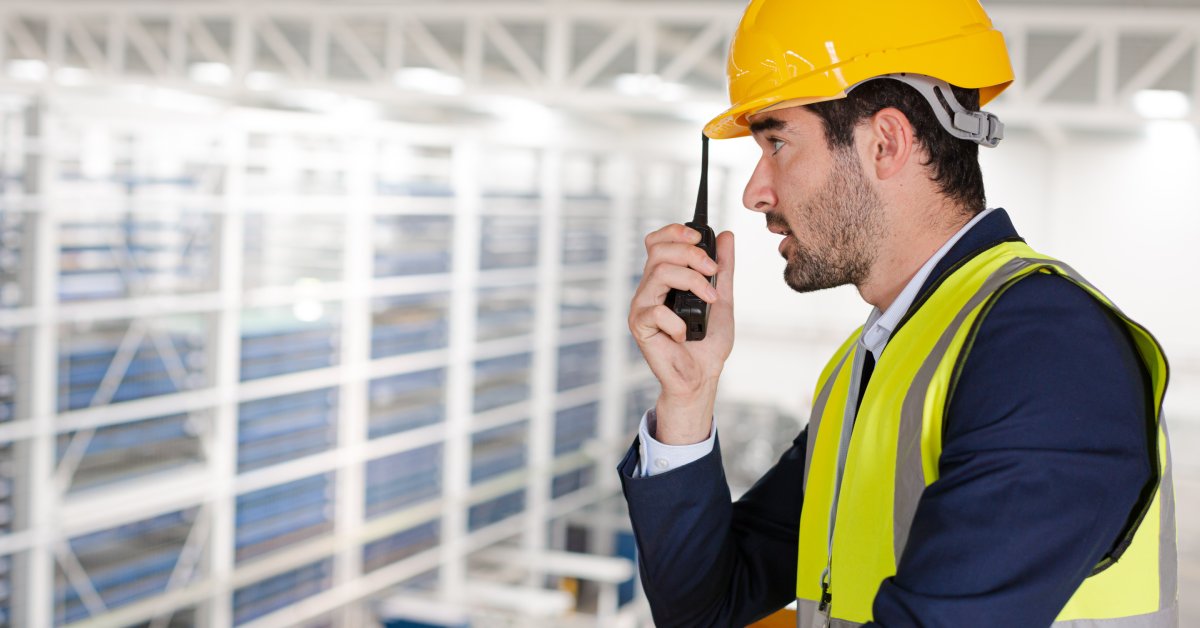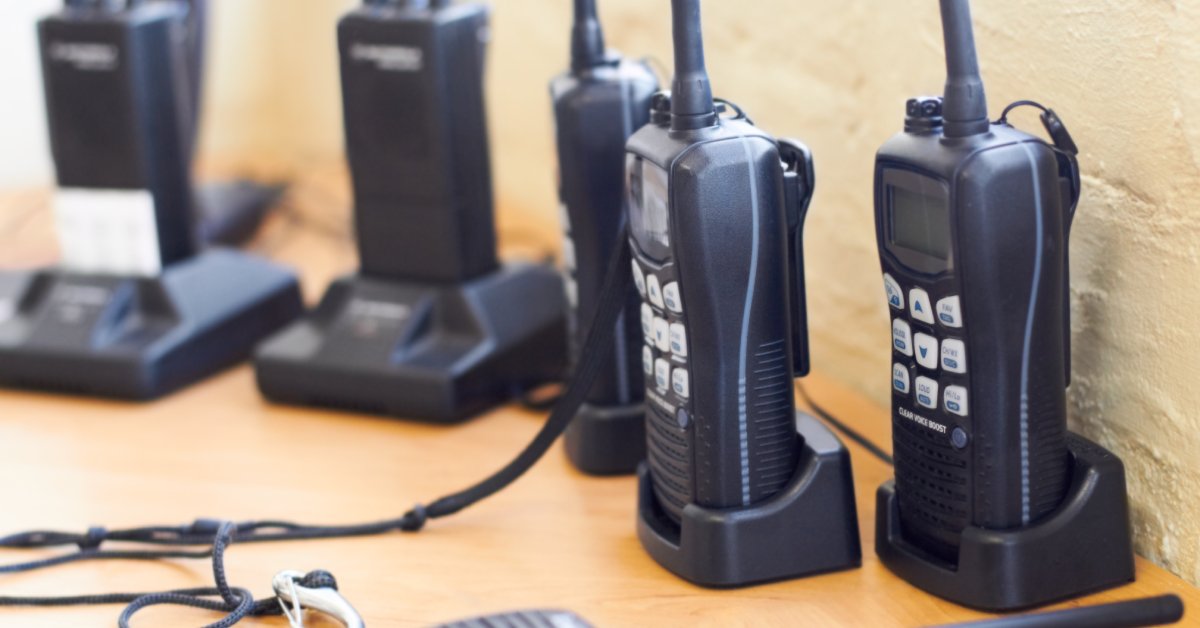First responders regularly face dangerous situations at work, making reliable communication tools indispensable. Two-way radios serve as the lifeline that links teams together, ensuring that information flows seamlessly even in the most chaotic circumstances.
If a radio breaks down unexpectedly, it can put both first responders and the people they’re trying to help in danger. Here’s the complete two-way radio checklist for first responders, giving you everything you need to know about selecting and using the best devices for your situation.
How Two-Way Radios Can Make a Difference
In an emergency, having a reliable communication system can drastically alter the outcome of a situation. Two-way radios enable first responders to coordinate quickly and efficiently, allowing teams to share critical information and respond promptly to evolving events. For instance, during search and rescue operations, team members can communicate vital details about victims’ locations or hazards, enabling a faster and safer resolution.
Additionally, the use of two-way radios ensures a secure line of communication that is less susceptible to interference, making them more reliable than cell phones during natural disasters or large-scale emergencies. This level of clear and immediate communication is instrumental in organizing effective responses and saving lives when time is of the essence.
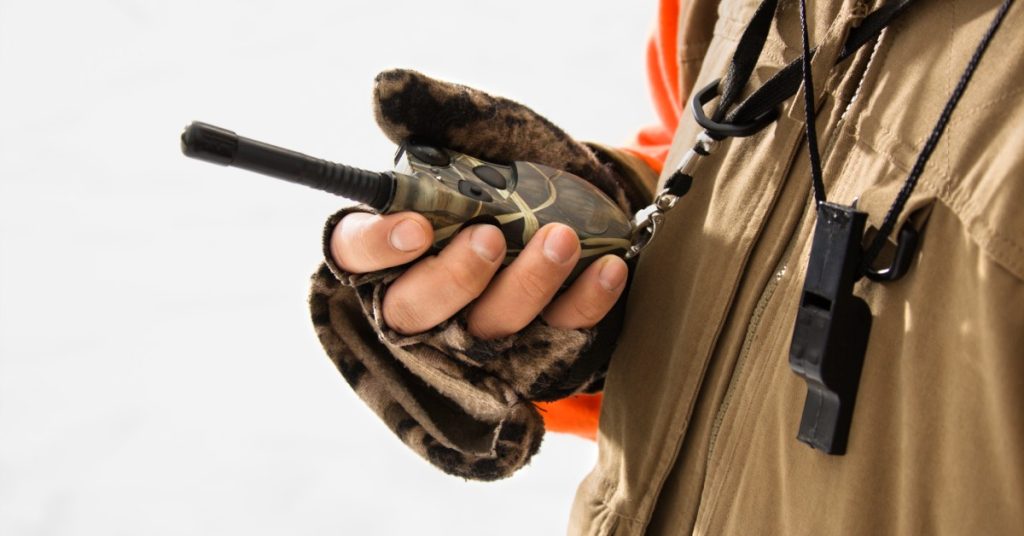
Choosing the Right Two-Way Radio for First Response
Selecting the ideal two-way radio for first responders requires thorough consideration of specific factors to ensure it meets the demanding needs of emergency situations. Here are some tips to guide you in making the right choice:
- Assess Your Environment: Understand the typical operating conditions and environments in which the radios will be used. Urban settings may require different frequency ranges and features compared to rural or mountainous regions.
- Prioritize Durability: Opt for radios with rugged designs built to withstand environmental extremes and rough handling. Look for specifications such as military-grade standards or those that are waterproof and dustproof.
- Consider the Communication Range: Choose radios that offer sufficient range for your area of operation. In areas with obstacles or large coverage zones, consider devices with extended range capabilities or repeaters to boost signal strength.
- Evaluate Battery Requirements: Different shifts and operational demands require varying battery life. Select radios with batteries that last through the longest expected shifts and consider models with replaceable or rechargeable battery options.
- Test Audio Quality: In high-noise environments, the clarity of communication is vital. Test radios to ensure they provide crystal-clear audio and have effective noise-canceling features.
- Check for User-Friendly Features: Ensure the radio interface is straightforward, with controls that are easy to operate, even when wearing gloves. Simple operation is crucial during high-pressure situations.
- Verify Security Measures: Ensure the radio supports encryption standards that protect sensitive information and maintain secure communications.
- Explore Integration Options: Look for radios that can integrate with existing technology systems you use, such as GPS devices or digital dispatch systems, for enhanced situational awareness.
Taking these tips into account will help ensure you select a reliable, efficient, and functional two-way radio that meets the unique demands of first responders, enhancing both communication and safety in mission-critical situations.
Using Two-Way Radios in the Field
Effectively using two-way radios in the field can greatly enhance communication and operational efficiency for first responders. Here are some practical tips to optimize their use:
- Perform Regular Equipment Checks: Before heading into the field, ensure that all radios are fully functional, with charged batteries and operational accessories. Regular maintenance checks can prevent equipment failure in crucial moments.
- Establish Clear Protocols: Create standardized communication procedures, including specific codes or phrases for common scenarios, minimizing confusion and ensuring quick understanding among teams.
- Keep Messages Brief and Clear: In high-pressure situations, clarity and brevity are key. Deliver messages in short, simple phrases, prioritizing essential information to avoid overloading the channel.
- Hold the Radio Properly: When speaking, hold the radio about an inch from your mouth at a 45-degree angle to ensure the clearest transmission and minimize background noise interference.
- Regularly Test Connections: Periodically verify the signal strength and clarity between team members. Performing these checks at various points in the environment can help identify any dead zones or communication issues.
- Be Aware of Surroundings: Consider environmental factors, such as obstructions or weather conditions, that might affect signal strength. Adjust communication methods accordingly, such as finding higher ground or moving to an open area.
- Practice Active Listening: Pay careful attention to incoming communications and confirm receipt by acknowledging messages with a simple “copy” or “received.” This prevents miscommunications and ensures everyone is on the same page.
- Stay Calm and Composed: In chaotic situations, maintaining a calm tone of voice helps clearly convey messages and prevents panic. Remain composed to facilitate effective communication under stress.
Integrating these tips into daily operations can significantly enhance the effectiveness and reliability of two-way radio communications in the field, ensuring seamless coordination and safety for first responders.
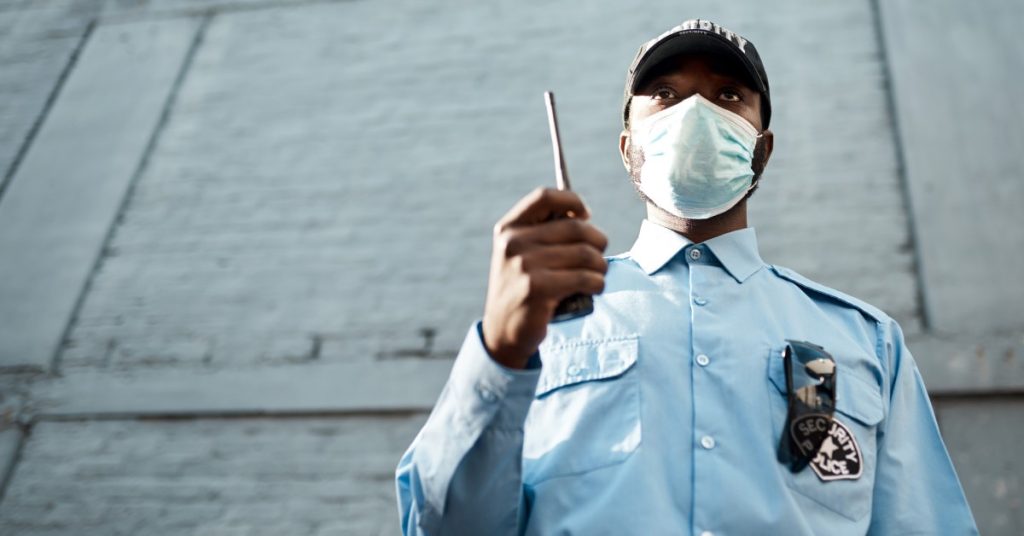
Training First Responders on Two-Way Radio Use
Proper training is essential for maximizing the effectiveness of two-way radios among first responders. Training programs should focus on familiarizing users with operating procedures, troubleshooting common issues, and understanding the importance of clear, concise communication.
By conducting regular drills and simulations, responders can hone their skills in realistic scenarios that mirror potential field conditions. Additionally, training sessions should highlight the nuances of radio etiquette and emphasize the importance of maintaining calm and clear channels to prevent information overload during emergencies.
Maintenance and Care of Two-Way Radios
Regular maintenance and care are crucial to ensure that two-way radios perform optimally. Radios should be inspected frequently for any signs of wear or damage, especially after being used in harsh environmental conditions. Keeping the devices clean and ensuring battery contacts are corrosion-free can prevent unexpected failures in the field.
Establishing a routine schedule for software updates and battery replacements also plays a vital role in maintaining their reliability. By systematically caring for these devices, first responders can trust that their radios will function flawlessly when they need them the most.
Helping Crews Adapt to Diverse Emergency Conditions
Two-way radios are an indispensable tool for first responders, facilitating vital communication that can significantly impact the success of emergency operations. By ensuring clear, reliable, and secure communication, these devices enable first responders to perform their duties with enhanced efficiency and safety. The process of selecting an appropriate two-way radio involves careful consideration of various factors, including durability, range, and features crucial for adapting to diverse emergency conditions. With this complete two-way radio checklist for first responders, you can ensure yours are used to their full potential, reducing risks and improving outcomes.
As technology continues to evolve, staying informed about advancements can further bolster communication strategies, ultimately enhancing the capability and preparedness of those who are at the frontline. At Battery Distributors, we pride ourselves on offering the latest batteries at a price you can afford. Our Motorola XTS 2500 battery will keep your compatible two-way radios running for as long as possible so you can focus on keeping people safe.



